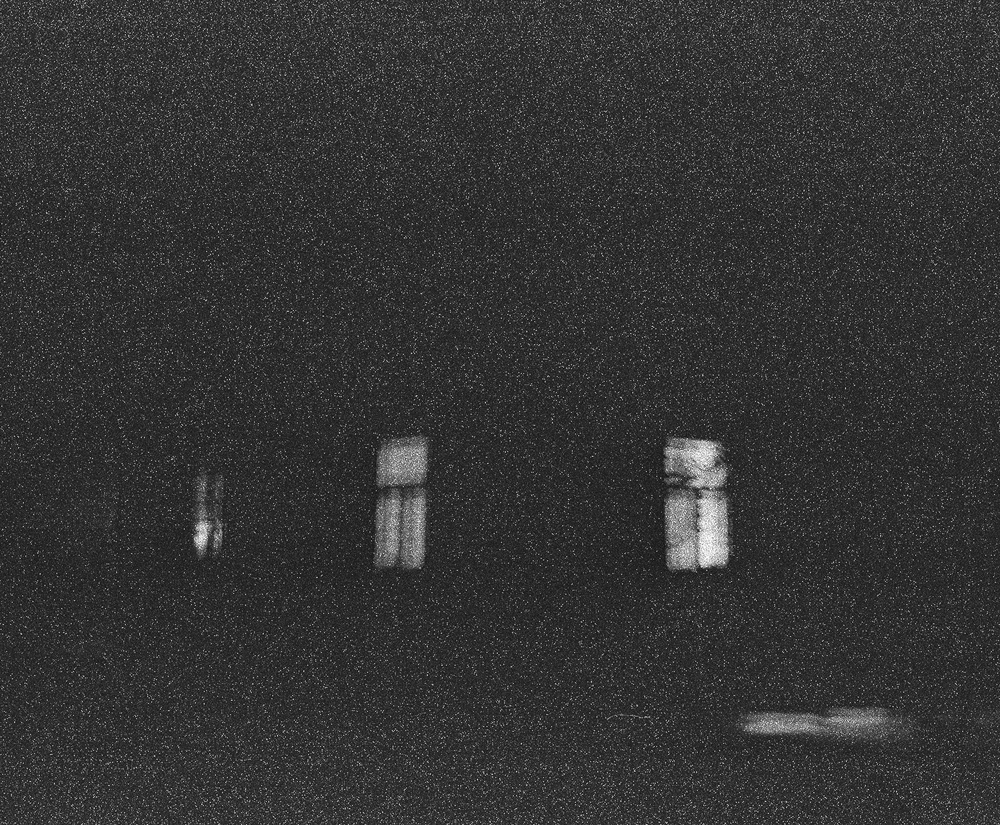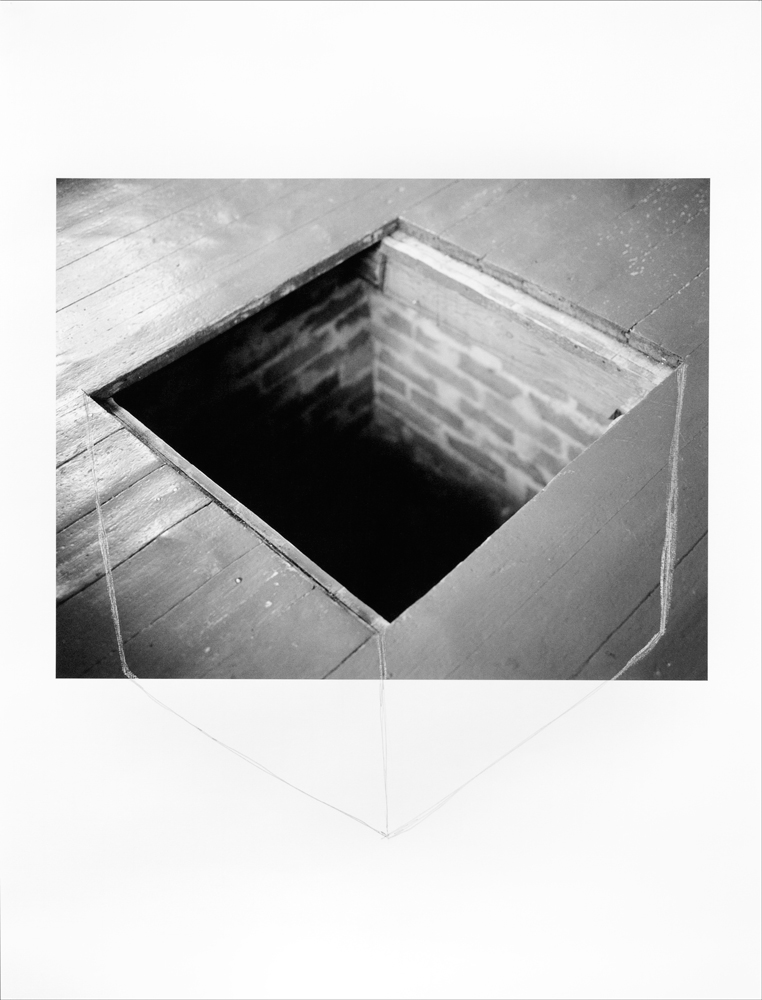















FORWARD/REWIND
Galleria Huuto, Helsinki 21.6. – 14.7.2019
///
Kun olin lapsi, keräsin hevospostikortteja ja kiinnitin niitä sinitarralla vaatekaappini oveen. Silitin karkkipapereiden foliokääreet sileiksi etusormella pöytää vasten ja rullasin niistä pieniä kääryleitä, jotka muotoilin sormuksiksi. “Memories is what we are” sanoo Nick Cave elokuvassa. Luen vanhoja päiväkirjojani ja ihmettelen, olenko joskus ollut se, joka niitä kirjoitti.
Matkustan edestakaisin maaseudulla sijaitsevan talon ja kaupungissa olevan kerrostaloasunnon väliä. Kaupunkiin muualta tulleena en koskaan tavoita täysin kaupunkilaisten elämäntapaa. Toisaalta minua tuskin lasketaan maalaiseksikaan, olenhan aina vain käymässä siellä.
Mietin ajan ja paikan välisiä suhteita, sekä niiden mukaan muuttuvaa identiteettiäni, jota lapsuuden paikat, maaseutu ja kaupunkiin muutto ovat muokanneet. Löydän hevospostikortit siististi kansioituna vanhan koulupöydän laatikosta. Piirrän niitä paperille lyijykynällä. Haluaisin viipyä kuvissa pitkään. Käyn läpi isotädin jättämiä tavaroita ja valokuvia sukutalossa. Jäljennän kopiointipaperilla muotokuvia sinisiksi viivapiirustuksi ruutuvihkoon. Teen hajanaisia päiväkirjamerkintöjä kirjoittamalla ja valokuvaamalla. Leikkaan sanomalehtien kuvista käsiä ja lajittelen samanlaisia yhteen. Muokkaan, yhdistelen ja teen uudelleen. Vähitellen lyijykynällä suurennetut hevospostikortit kadottavat valokuvan aikaan sidotun hetken.
///
When I was young, I collected postcards with pictures of horses and attached them to my wardrobe door with Blu Tack. I flattened foil candy wrappers by pressing them against the table with my finger, then rolled them into little tubes and made rings from them. “Memories is what we are”, says Nick Cve in a film. I read my old diaries and wonder if I really once was that person who wrote them.
I travel between a house in the countryside and an apartment in the city. Having moved into the city from elsewhere, I can never fully get into the urban lifestyle. However, I am hardly seen as one of the country people either because I only go there for short visits.
I think about the relationship between time and place and how it has affected my identity. It has been shaped by childhood places, the countryside and moving into the city. I find the postcards in the drawer of my old desk, neatly organized in a folder. I draw them on paper with a pencil. I would like to linger on the pictures for a long time. I go through my great-aunt’s stuff and photographs in my family house. I trace portraits, creating blue line drawings in a graph ruled notebook. I make random entries in a diary by writing and photographing. I cut hands from newspaper pictures and group together those that look similar. I make changes, I combine and redo things. Little by little the horsepostcards, enlarged with a pencil, lose their connection to that moment in time linked to the photograph.